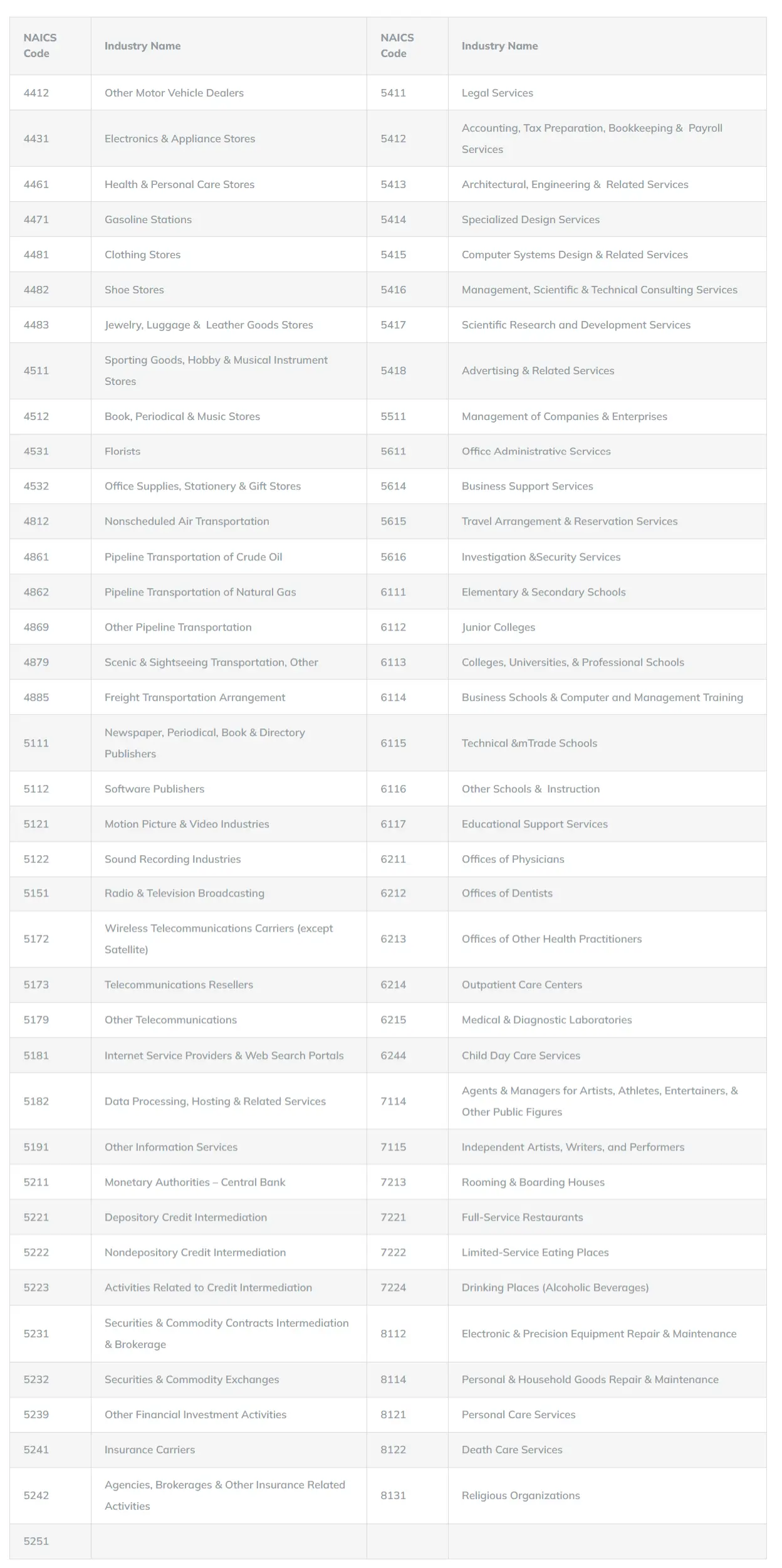
Good Question – Who is Required to Keep an OSHA 300 Log & How is it to be Filled Out?
What is an OSHA Log?
An OSHA 300 Log, or “Log of Work-Related Injuries and Illnesses,” is a series record keeping forms required by the Occupational Safety and Health Administration (OSHA) for employers to document work-related injuries and illnesses that meet specific criteria.
In its entirety, an OSHA 300 Log consists of:
The 300 Form, often called the OSHA 300 Log, meant to be used by organizational management for the sequential recording of workplace injury and illness events with such recording variables as the name, date, job position, event location and a brief description of injury/illness.
The 300 A Form that is used as an end of calendar year summary of the events recorded on the 300 Log and reflects such variables as the number of cases, number of lost workdays, types of injury/illnesses and certain establishment information.
The 300 A Form as includes an optional worksheet to assist in filling out the 300 A Form.
The 301 Form “Injury and Illness Incident Report”, is meant to document a single workplace injury, illness, or death. It should be one of the first forms for organizational management to fill out after a recordable work-related incident.
Most smaller businesses required to keep and maintain 300 Logs can do so using paper forms available for downloading from the OSHA website.
Establishments that meet certain size and industry criteria are required to electronically submit injury and illness data from their OSHA Form 300A, 300, and 301 (or equivalent forms) once per year to OSHA.
If a company had 10 or fewer employees at all times during the last calendar year, they do not need to keep OSHA injury and illness records unless OSHA or the Bureau of Labor Statistics informs the employer in writing that they must keep records under § 1904.41 or § 1904.42.
The OSHA Definition of a OSHA Recordable Event:
Any work-related fatality.
Any work-related injury or illness that results in loss of consciousness, days away from work, restricted work, or transfer to another job.
Any work-related injury or illness requiring medical treatment beyond first aid.
Any work-related diagnosed case of cancer, chronic irreversible diseases, fractured or cracked bones or teeth, and punctured eardrums.
There are also special recording criteria for work-related cases involving: needle-stick and SHARPS injuries, medical removal, hearing loss and tuberculosis.
The OSHA Definition of First Aid:
Using a non-prescription medication at nonprescription strength (for medications available in both prescription and non-prescription form, a recommendation by a physician or other licensed health care professional to use a non-prescription medication at prescription strength is considered medical treatment for recordkeeping purposes);
Administering tetanus immunizations (other immunizations, such as Hepatitis B vaccine or rabies vaccine, are considered medical treatment);
Cleaning, flushing or soaking wounds on the surface of the skin;
Using wound coverings such as bandages, Band-Aids, gauze pads, etc.; or using butterfly bandages or Steri-Strips (other wound closing devices such as sutures, staples, etc., are considered medical treatment);
Using hot or cold therapy;
Using any non-rigid means of support, such as elastic bandages, wraps, non-rigid back belts, etc. (devices with rigid stays or other systems designed to immobilize parts of the body are considered medical treatment for recordkeeping purposes);
Using temporary immobilization devices while transporting an accident victim (e.g., splints, slings, neck collars, back boards, etc.).
Drilling of a fingernail or toenail to relieve pressure, or draining fluid from a blister;
What Does OSHA Mean by a Medical Treatment?
“Medical treatment” means the management and care of a patient to combat disease or disorder.
For the purposes of part 1904, medical treatment does not include:
Visits to a physician or other licensed health care professional solely for observation or counseling;
The conduct of diagnostic procedures, such as x-rays and blood tests, including the administration of prescription medications used solely for diagnostic purposes (e.g., eye drops to dilate pupils); or
“First aid” as defined in paragraph (b)(5)(ii) of this section.
What is an OSHA Partly Exempt Industry Group?
Certain industry groups are exempt from OSHA’s accident and illness recording requirements because of their relatively low occupational injury and illness rates when compared to national averages.
This means certain organizations are not required to record work-related injuries or illnesses on an OSHA 300 Log.
However, those partially exempted organizations must report to OSHA any workplace incident that results in a fatality, in-patient hospitalization, amputation, or loss of an eye.
Additionally, those partially exempted entities must comply with all OSHA safety and health standards that apply to their industry group.
If a company has several business establishments engaged in different classes of business activities, some of the company’s establishments may be required to keep records, while others may be partially exempt.

